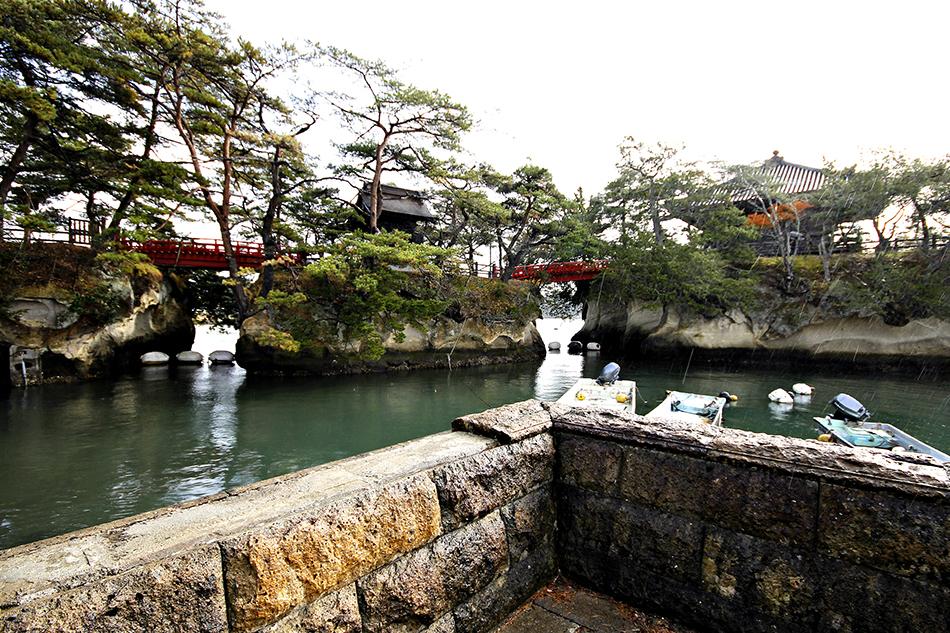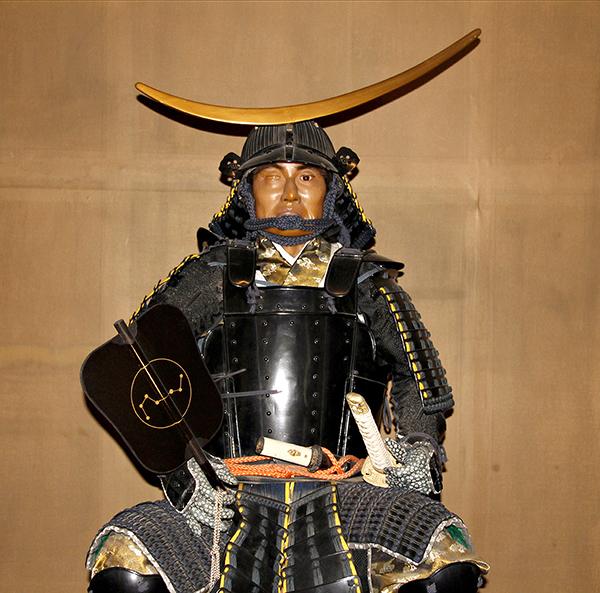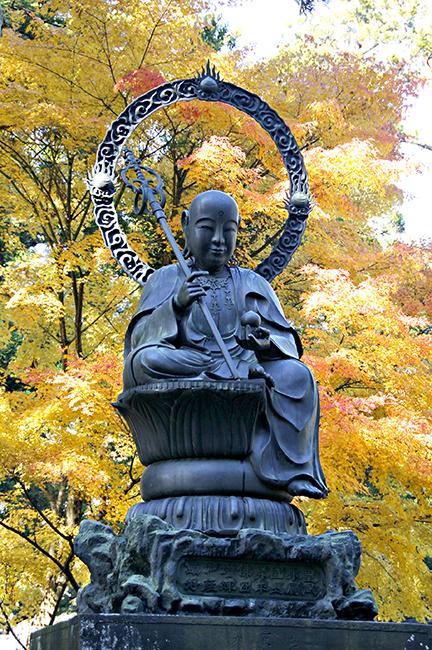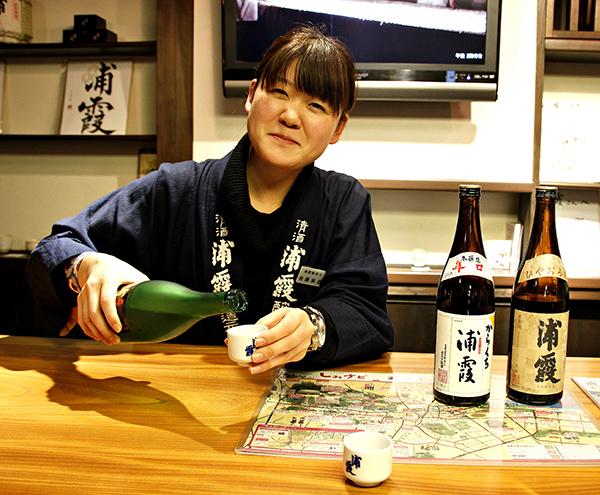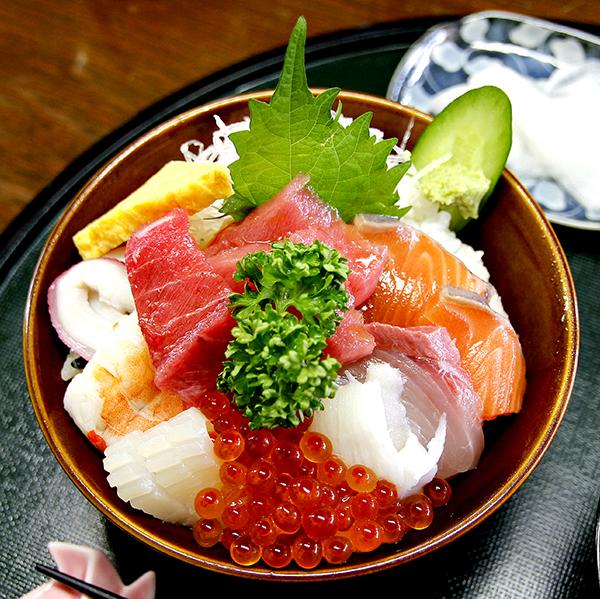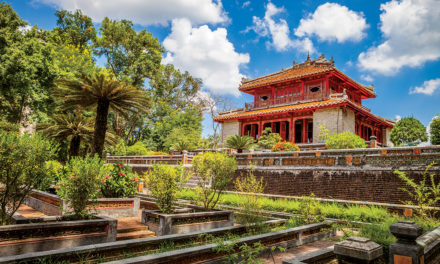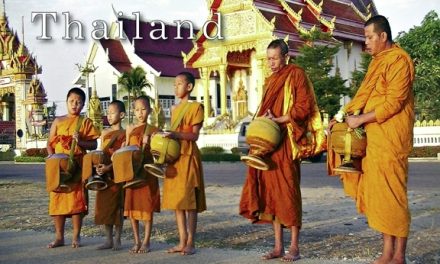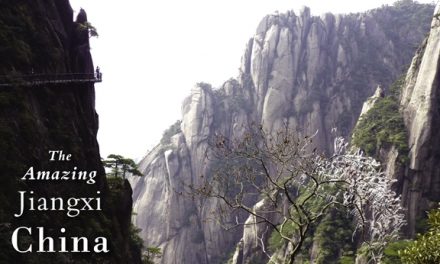Japan
Matsushima and Shiogame: Incredible Beauty and Taste!
Article and photography by Steve Gillick
Matsushima is a very special destination. The name refers to the pine trees (matsu) that cover many of the 260 islands (shima) in Matsushima Bay, situated in Tohoku, an area located in the northeast of Japan’s main island, Honshu. Matsushima is one of the three designated “Special Places of Scenic Beauty” in Japan (along with Amanohashidate and the Itsukushima Shrine). And its fame dates back to at least the 17th century when the renowned poet, Matsuo Basho, expressed his wonder, reverence and amazement in a Haiku.
Matsushima ah!
Ah, Matsushima, ah!
Matsushima, ah!
While the most popular way to see the islands is on a cruise boat, we simply walked around the temples by the shore, with cameras in hand, to appreciate the beautiful pine-island views.
Next to the boat pier, a sign instructs pilgrims to focus on Godaido Temple Hall as they cross a short red bridge. The Hall was originally built in 807 but reconstructed in 1604. It contains five statues that are displayed to the public once every 33 years. The next viewing will be in 2039.
The Matsushima city centre can best be described as a celebration of Samurai history with a blend of Star Wars, tucked in between the shops and eateries.
The city’s Samurai legacy is represented by the wax museum dedicated to the life of the local feudal lord, Date Masamune, known as the one-eyed dragon (he lost an eye in his younger years). He founded the city of Sendai, and conquered Tohoku’s enemies. But he also had international aspirations. He fought in Korea and sent emissaries to Rome and Spain hoping to use Christian influence in Japan to open up exclusive trade routes.
And how does Star Wars fit in? It is said that the design and shape of Masamune’s elaborate samurai helmet inspired the costume/mask worn by Darth Vader in the Star Wars movies. Certainly the ‘helmeted’ entrances to souvenir shops near the museum, emphasize this connection.
The tranquil Zen Temple of Zuiganji dates to 1609. It’s another reflection of the beauty of the area. One entrance proceeds along a path flanked on both sides by tall cedar trees, symbolic of power and longevity. An alternate entrance features a number of caves that were used in the past for meditation, and today contain statues.
The Zuiganji Art Museum exhibits some of the temple’s treasures, including its golden fusuma sliding doors, and artifacts of the Clan to which Date Masume belonged.
Leaving Matsushima, we headed for Shiogame, about 45 minutes away by local bus. We travelled to have lunch at the fresh fish market and our reward was mixed chirashi donburi: ultra-delicious, melt-in-the-mouth seafood on a bed of perfectly steamed rice, and a bowl of hot, savoury miso soup, served at Kaisen Shokudo Yamato. And for the finishing touch, we walked over to the historic (1724) Urakasumi Sake Brewery for a tasting.
This turned out to be one incredibly enjoyable day trip out of our base in Sendai, Tohoku’s Capital city.
www.japan.travel/en/travel-directory/matsushima/

